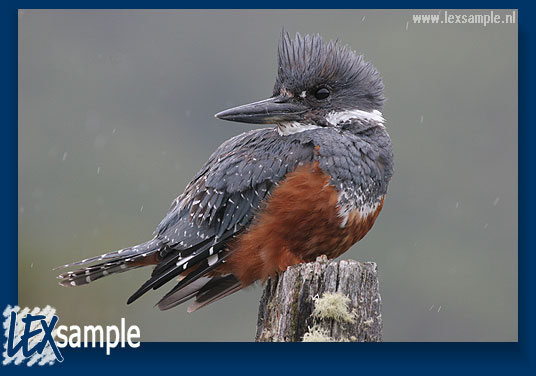 |
| A male Ringed Kingfisher (Ceryle torquata) uses a pole to scan his hunting waters. |
Download this photograph as a wallpaper for your computer.
|
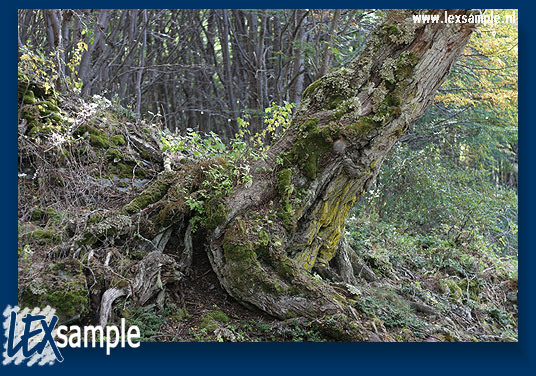 |
Typical scenery along the coast line: old trees covered with moss and lichens.
|
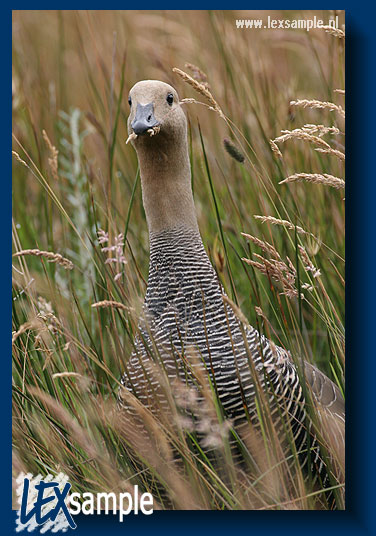 |
| This female Upland Goose (Chloephaga picta) is feeding on grass seeds. |
 |
Upland Geese keep in touch using low peeping and whistling sounds. This is a recording of a goose that is foraging in a wet spot of the grassland.
|
|
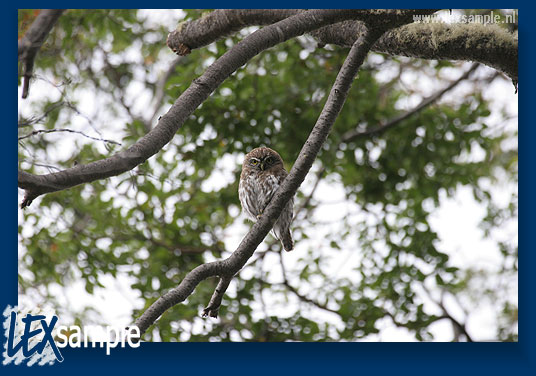 |
An Austral Pygmy-Owl (Glaucidium nanum) is disturbed by the loud calls of a nearby White-crested Elaenia (not shown on this photograph).
|
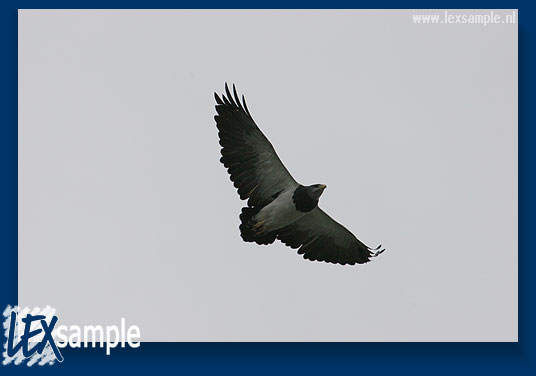 |
The impressive Black-chested Buzzard-Eagle (Geranoaetus melanoleucus) regularly hovers over the National Park, and also occurs elsewhere in the region.
|
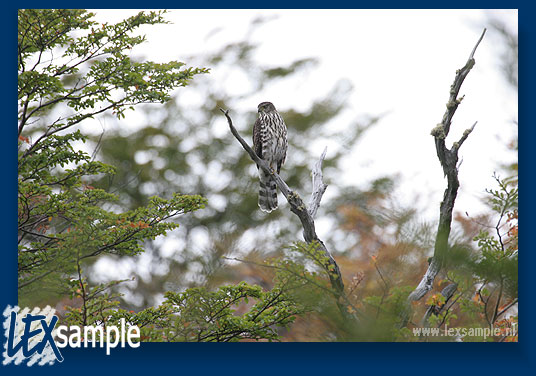 |
Another bird of prey is this Bicolored Hawk (Accipiter bicolor). This individual is a juvenile that does not yet have the reddish breast colours.
|
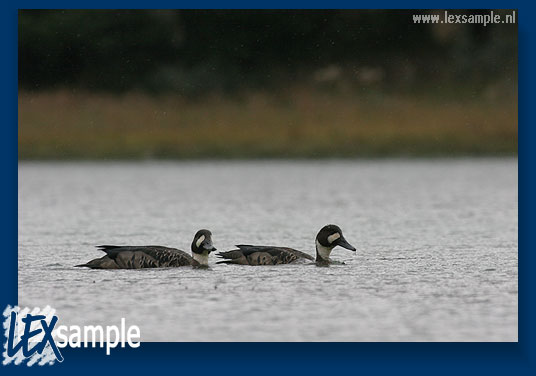 |
A pair of Spectacled Ducks (Anas specularis) swimming in the Lapataia river.
|
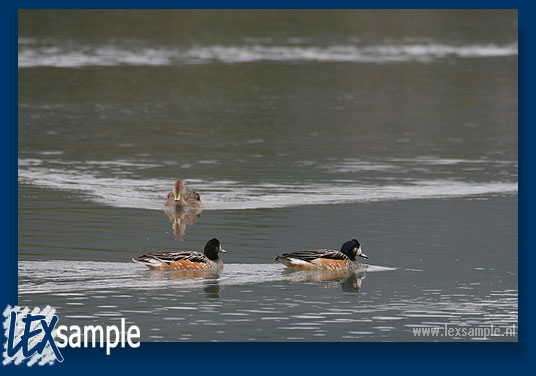 |
On the same Lapataia river two Chiloe Wigeons (Anas sibilatrix) are spotted.
|
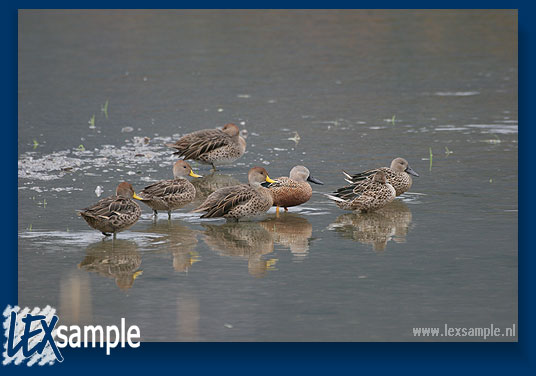 |
These bright yellow bills belong to the Yellow-billed Pintail (Anas georgica); on the right side a couple of Red Shovelers (Anas platalea, with greyish bill) can be seen.
|
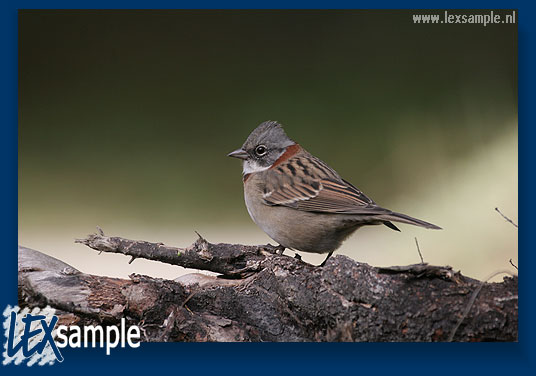 |
Possibly the most common bird around is the Rufous-collared Sparrow (Zonotrichia capensis); nevertheless it is a beauty to look at.
|
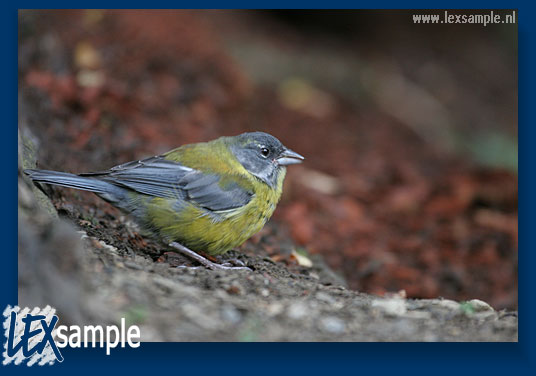 |
A young Sierra-Finch; this is either the Patagonian Sierra-Finch (Phrygilus patagonicus) or the Grey-hooded Sierra-Finch (P. gayi), both species live in the park and look very similar.
|
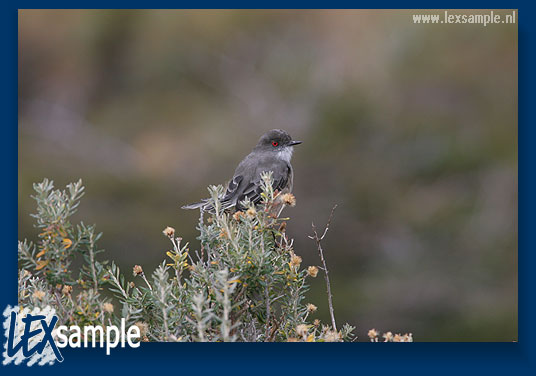 |
Up in a bush a Fire-eyed Diucon (Xolmis pyrope) is on the lookout, somewhere at the very end of the "No 3 National Road" where a plateau has been constructed for tourists to enjoy a view of the Lapataia Bay.
|
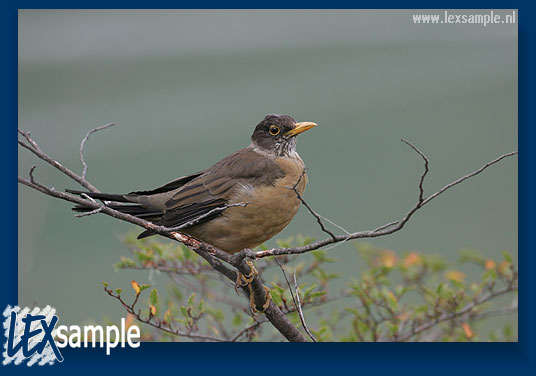 |
The Austral Thrush (Turdus falcklandi) is also a common species living in the park.
|
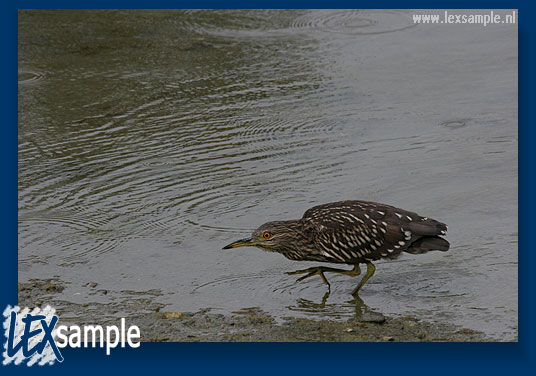 |
A juvenile Night Heron (Nycticorax Nycticorax) carefully creeps along the side of a lake.
|
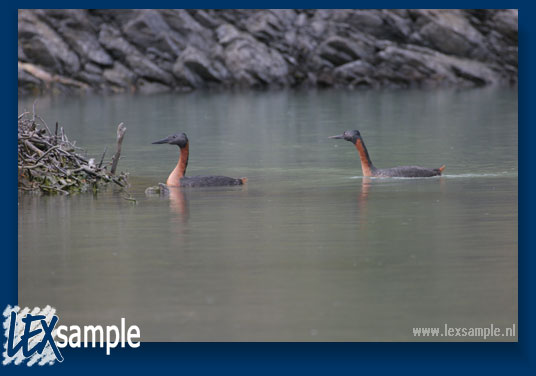 |
A pair of Great Grebes (Podiceps major) busy constructing their nest. Grebes occur all over South America, this one being the largest species.
|
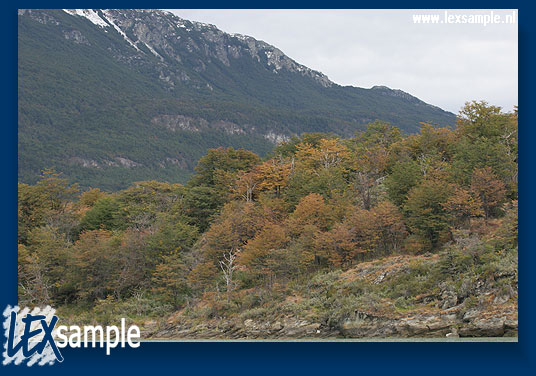 |
A final Autumn impression from the park.
|

































 Next
Next